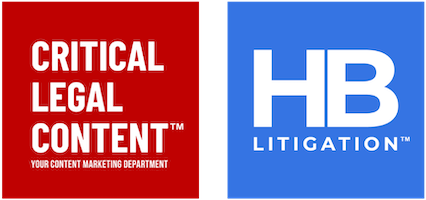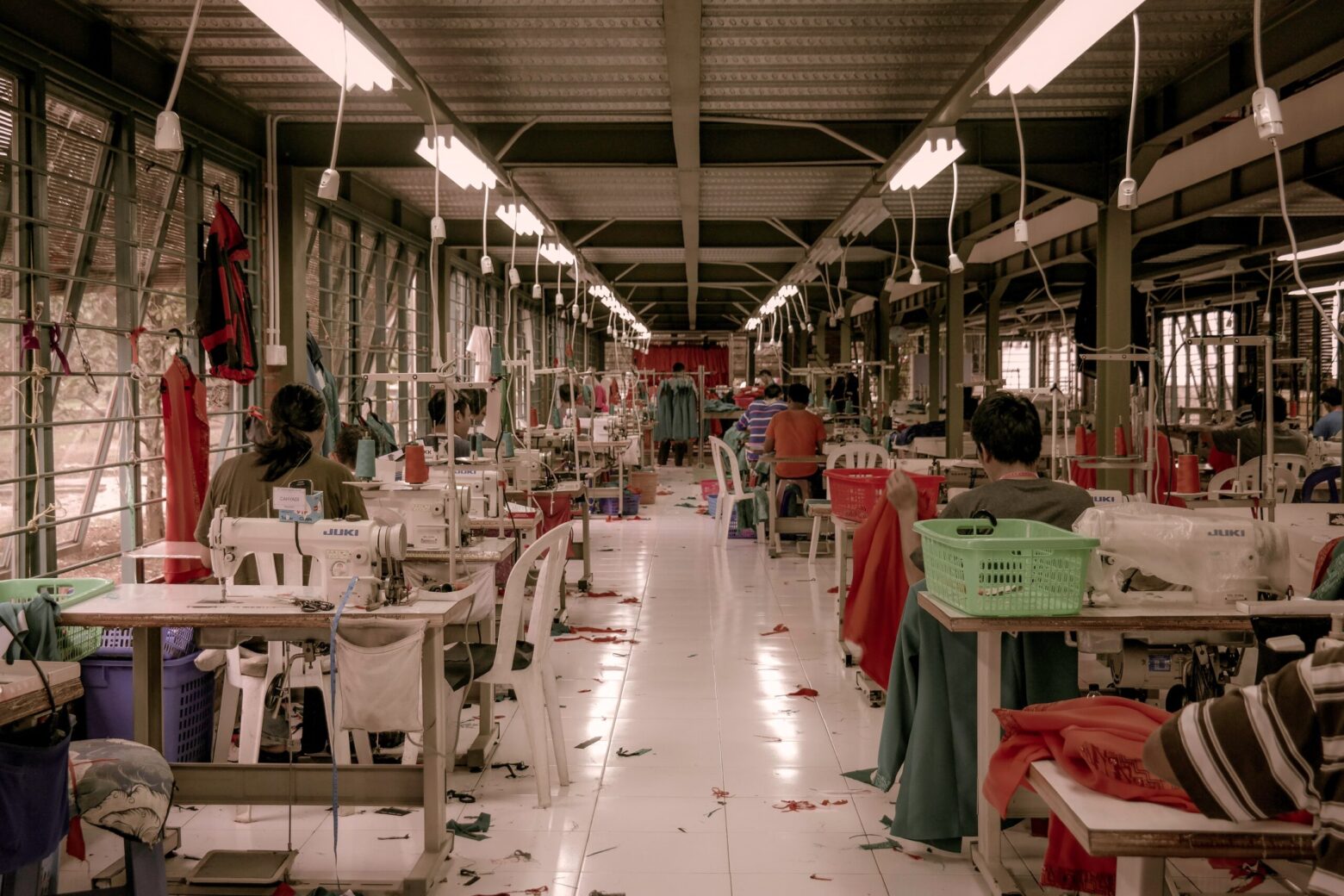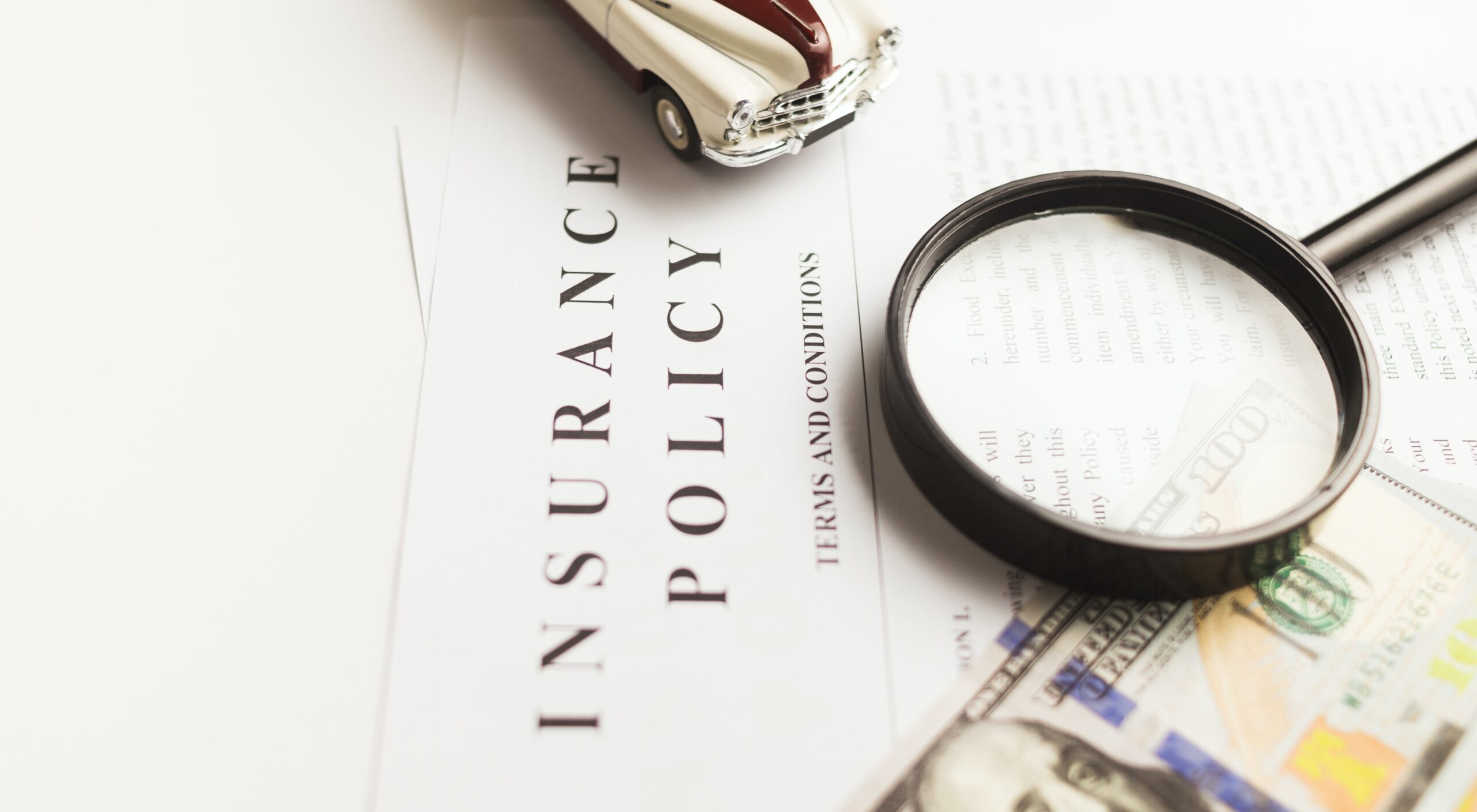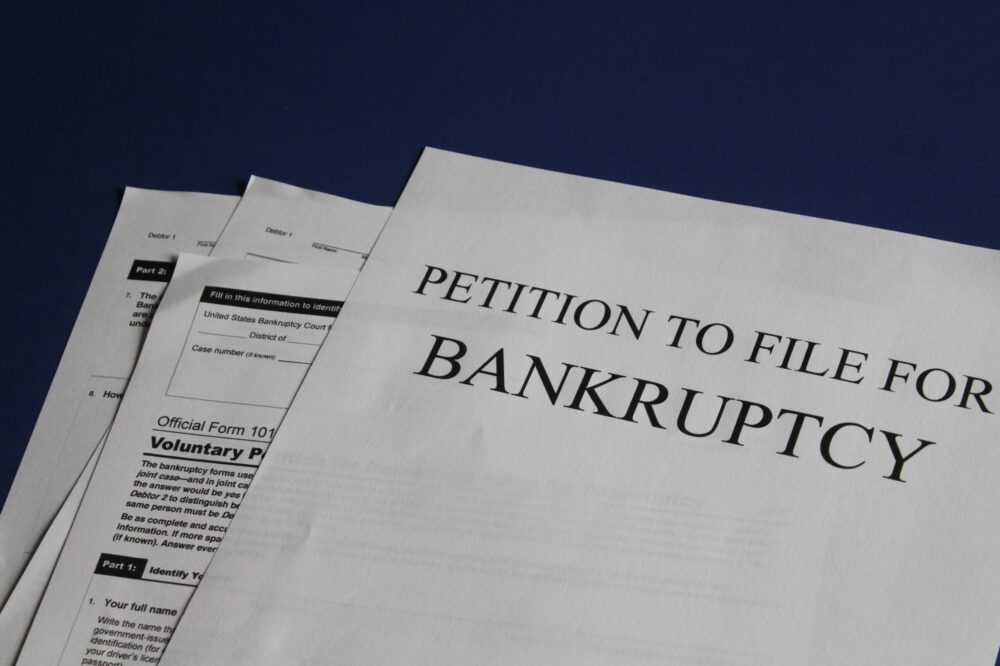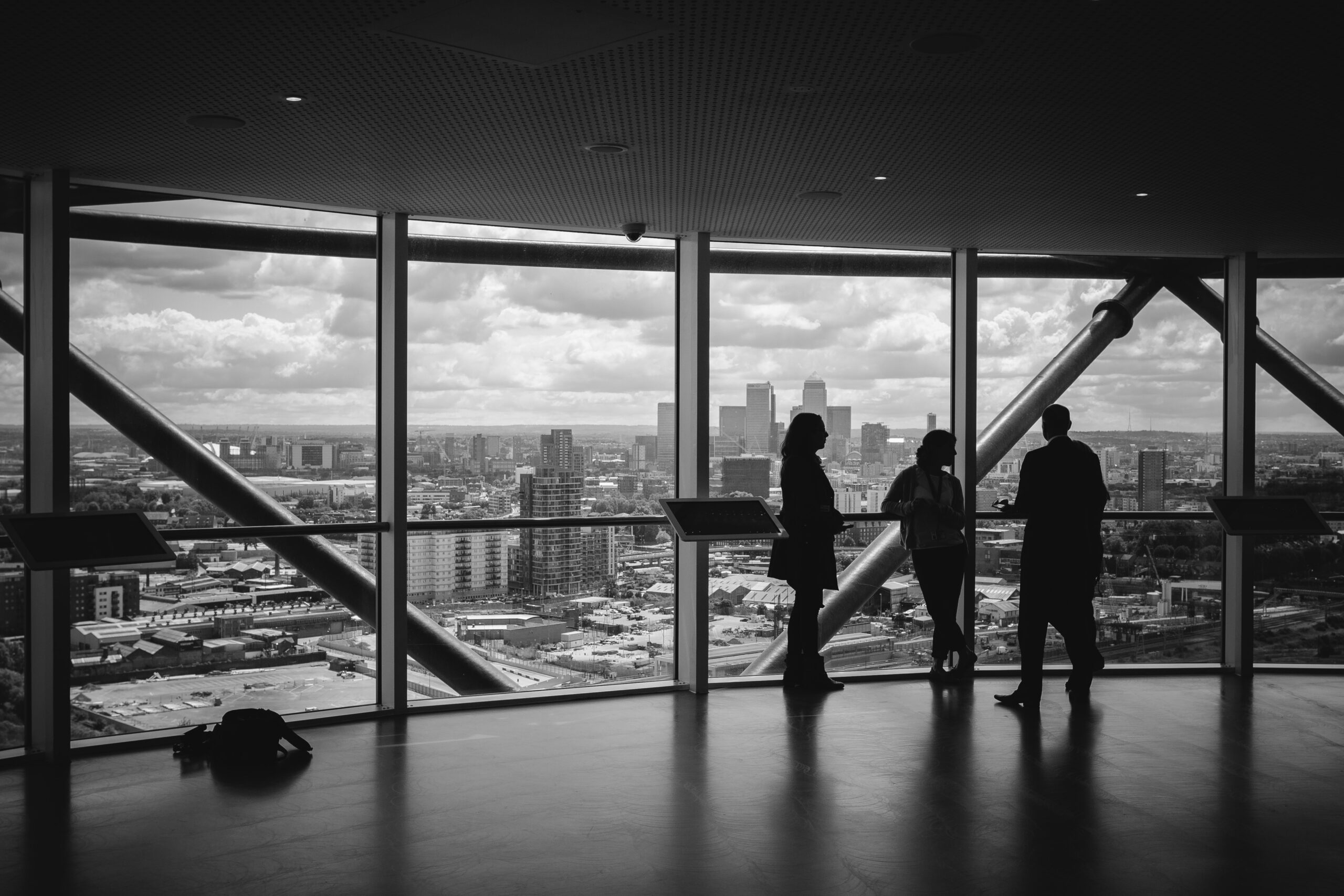Product Liability Claims Against Overseas Manufacturers and Suppliers Lacking Presence or Assets in the U.S.
Product Liability Claims Against Overseas Manufacturers and Suppliers Lacking Presence or Assets in the U.S. How Businesses Outsourcing Production Protect Themselves. What Injured Plaintiffs Can Do to Recover. Many products sold by U.S. businesses are made thousands of miles away by a company that has no presence or assets within the United States. If that finished product or a component in that product causes personal injury or property damage due to a defect or failure to warn, both the injured party and the U.S. seller may wish to recover damages from the overseas producer either directly or by way of indemnification. Before contracting with overseas producers, and in particular those in China, businesses must carefully negotiate and meticulously document their arrangements. U.S. plaintiffs--whether businesses or individuals--seeking redress from manufacturing defendants that have no, or intentionally superficial, presence within the U.S. must first identify recoverable assets before they attempt to file suit in the U.S. or another jurisdiction. Dan Harris Founder Harris Bricken Kenneth Krys Executive Chairman & Founder KRyS Global CLE On Demand This Strafford production has been specially selected for HB audiences. How does a business manufacturing overseas protect itself on the front end? Can injured plaintiffs leverage the agreements between the U.S. company and its non-U.S. manufacturer to obtain recovery? What should be considered before filing [...]
